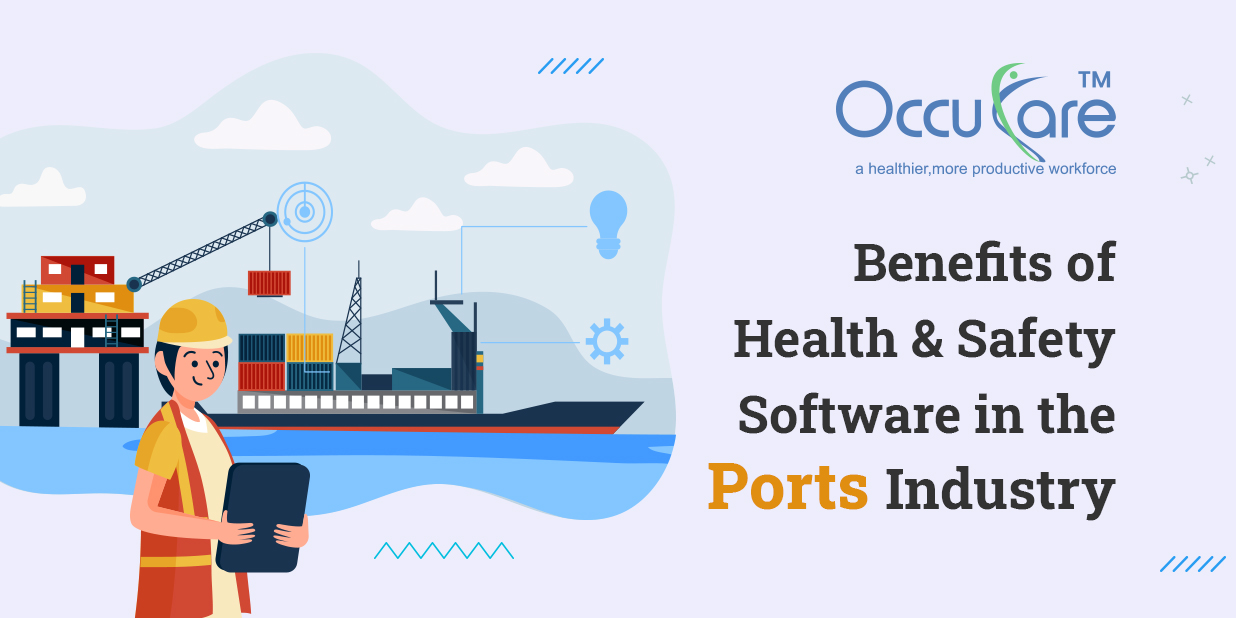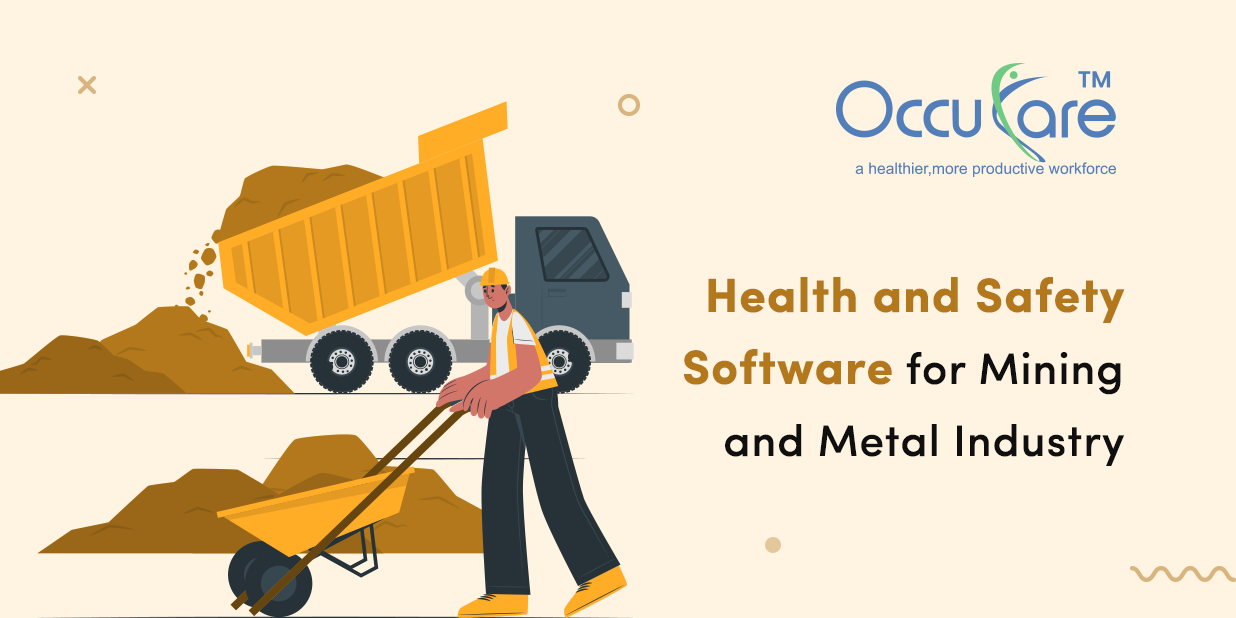In the dynamic realm of industrial operations, the interplay between technology and safety has emerged as a critical success factor. This is especially important in the port sector, where the international transportation of commodities necessitates not only efficiency but also a steadfast dedication to the welfare of port workers. Integrating Health and Safety Software has become a game-changer, providing a holistic answer to the various issues that ports worldwide face.
This blog explores how technology is not just a tool for operational enhancement but also a catalyst for establishing a culture of safety, compliance, and continuous improvement. Ports are becoming safer and more resilient hubs of global trade because of the benefits of these software solutions, which also empower personnel and enable data-driven decision making. Come along with us as we explore the main areas of a future where efficiency and safety coexist together.
Risk Mitigation and Compliance of benefits of Health and Safety Software:-
Key components of the indisputable advantages gained from the application of health and safety software in a variety of businesses, including the ports industry, are risk mitigation and compliance. Let’s examine how these software programs support efficient risk management and guarantee adherence to regulations.:
1. Identification and Assessment of Risks:
Health and safety Software offers a methodical way to recognize and evaluate hazards at work. These platforms enable enterprises to identify possible risks, assess their severity, and prioritize mitigation activities through the utilization of sophisticated risk assessment tools.
2. Proactive Hazard Prevention:
OccuCare software promotes a proactive approach to hazard prevention rather than just responding to events. These tools’ real-time surveillance and analytic capabilities help firms foresee problems, put preventative measures in place, and give workers a safer place to work.
3. Regulatory Compliance Management:
The regulatory environment that oversees worker safety is intricate and dynamic. Health and Safety Management Software helps firms stay current with local, national, and international legislation by serving as a central repository for compliance needs. By doing this, the organization lowers its risk of fines and other legal issues by ensuring that its operations comply with legal requirements.
4. Streamlined Reporting Processes:
Reporting incidents in a timely manner is essential. The reporting process is made easier and more efficient by health and safety management system. Which enables prompt and precise recording of accidents, near misses, or possible risks. This helps with reporting requirements compliance as well as prompt reaction and resolution.
5. Continuous Improvement:
By offering data-driven insights, occupational Software promotes a culture of continuous improvement. Through the examination of incident reports, risk assessments, and compliance data, organizations can detect patterns, evaluate the efficacy of current safety measures, and consistently improve their safety practices.
6. Liability Reduction:
Liability is decreased by actively addressing and mitigating risks. This preserves workers’ health and well-being while also shielding the company from the financial and legal fallout from on-the-job mishaps.
Incident Management and Reporting of Health and Safety Software :
A quick and efficient reaction to workplace occurrences is ensured by the inclusion of incident management and reporting functions in health and safety software.
1. Swift Incident Reporting:
A streamlined and user-friendly platform for reporting occurrences is offered by health software. Workers may easily and quickly record information on mishaps, near misses, or other risks, ensuring that the appropriate people are informed as soon as possible. It is essential to act quickly to solve problems before they get worse.
2. Real-time Communication:
The ability to provide event facts instantly is made possible by the real-time nature of safety software. A coordinated and effective reaction is made possible by the quick information sharing that keeps all pertinent parties, including management and emergency responders , informed.
3. Data Standardization:
Software for health and safety encourages uniformity and standardization in incident reporting. Accurate data gathering and analysis depend on this. Standardized reporting formats make it easier to spot trends, patterns, and areas that need focused interventions in order to stop similar incidents from happening again.
4. Documentation and Record keeping:
The program acts as a single point of contact for all incident-related data. This covers incident specifics, investigative findings, remedial steps implemented, and any necessary follow-up actions. Internal audits, continuous improvement programs, and regulatory compliance all benefit greatly from this thorough documentation.
5. Workflow Automation:
Workflow automation is a common component of incident management modules, which guarantees that reported incidents go through a predetermined procedure.
6. Root Cause Analysis:
Organizations can prevent similar events from happening again by implementing targeted corrective actions based on an understanding of the underlying reasons contributing to mishaps.
7. Trend Analysis and Reporting:
By identifying high-risk regions, recurrent problems, or patterns that can point to systemic difficulties. This data-driven strategy makes it possible to take preventative action.
8. Compliance Reporting:
Detailed incident reporting is frequently necessary for regulatory compliance. In order to ensure that firms can readily demonstrate adherence to reporting standards during inspections or audits, OccuCare helps generate compliance reports.
Essentially, Health and Safety Software’s incident management and reporting features enable port industry businesses to react quickly to problems, reduce their impact on operations, and continuously improve safety procedures for the welfare of their workers. These elements represent a calculated investment in building a more secure and resilient workplace, not just compliance requirements.
Conclusion:-
To summarize, incorporating Health and Safety Software in ports industry is a strategic move that goes beyond mere compliance—it is an investment in the safety, well-being, and longevity of both the personnel and the organization as a whole. The ability of the software to automate risk management processes and maintain compliance enables ports to traverse the complicated regulatory landscape while building a culture of safety and continuous improvement.





